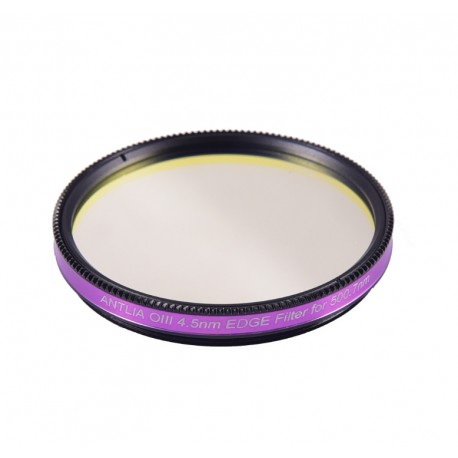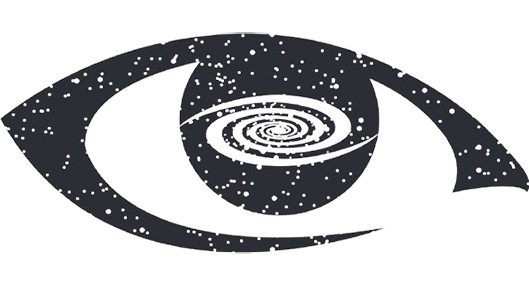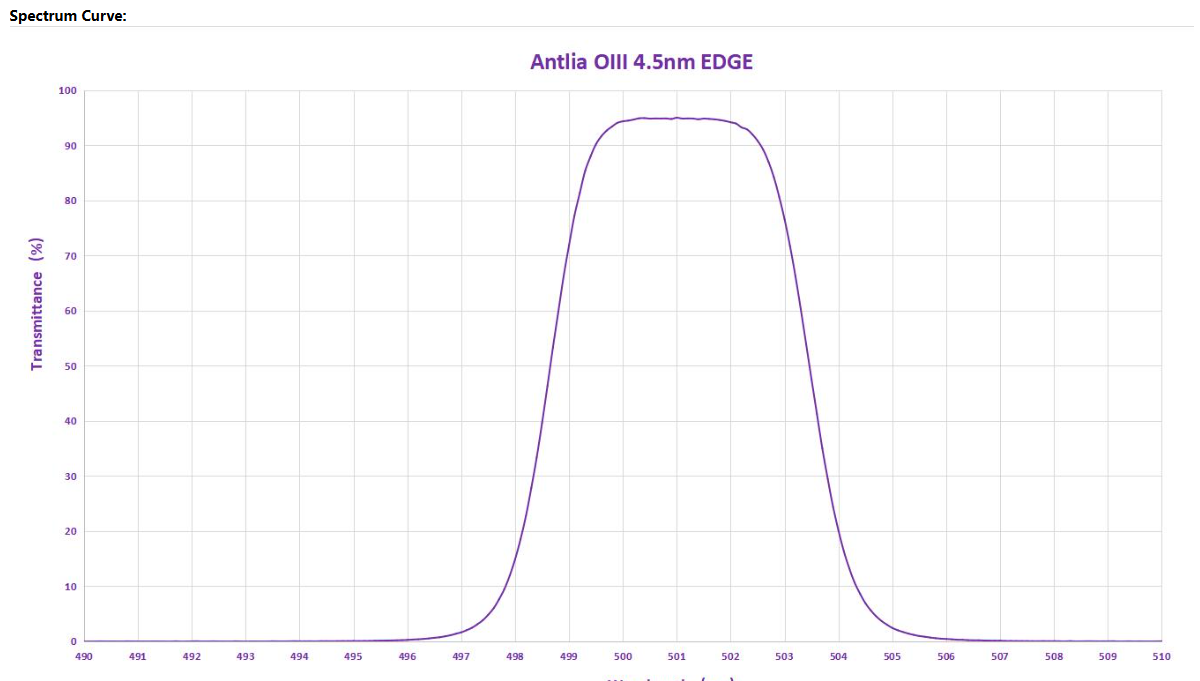No products
Prices are tax included
 View larger
View larger
Antlia OIII 4.5 nm EDGE Filter 2 inch Mounted
Antlia OIII 4.5 nm EDGE 2"
New product
Antlia OIII 4.5 nm EDGE Filter 2 inch Mounted
The Antlia OIII 4.5 nm EDGE 2 inch mounted filter delivers over 85 % transmission at 500.7 nm, designed to reveal faint OIII nebula structures. It provides excellent contrast and a superior signal-to-noise ratio, even with fast optical systems.
1 Item
Available
More info
Antlia OIII 4.5 nm EDGE Filter 2 inch Mounted
Description
The Antlia OIII 4.5 nm EDGE filter is a narrowband filter designed for deep-sky imaging of nebulae emitting in the OIII line at 500.7 nm. Its 4.5 nm full width at half maximum and OD5 blocking eliminate unwanted wavelengths while maintaining more than 85 % peak transmission.
This design ensures high contrast and clean images even under light-polluted skies or when the Moon is present. The steep spectral profile minimizes halos around bright stars, and the single optical substrate removes internal reflections. The edge blackening prevents stray light and enhances optical reliability.
The Antlia EDGE filter is suitable for systems as fast as f/3 with minimal signal loss. It is intended exclusively for astrophotography and must never be used for solar or visual observation.
Technical Specifications
-
Manufacturer: Antlia
-
Product: OIII 4.5 nm EDGE Filter 2 inch mounted
-
Type: narrowband OIII filter
-
Central wavelength (CWL): 500.7 nm
-
Full width at half maximum (FWHM): 4.5 nm
-
Peak transmission: > 85 %
-
Out-of-band blocking: OD5 (300–1000 nm)
-
Optical substrate: single, non-glued
-
Filter thickness: 2 mm ± 0.05 mm
-
Surface quality: 60/40 (MIL-O-13830)
-
Transmitted wavefront: λ/4 or better
-
Parallelism: < 30 arcsec
-
Filter mount: 2 inch (M48 x 0.75)
-
Clear aperture: 48 mm
-
Net weight: approx. 0.01 kg
-
Application: astrophotography of OIII emission objects
-
Not recommended: solar imaging, visual observation


